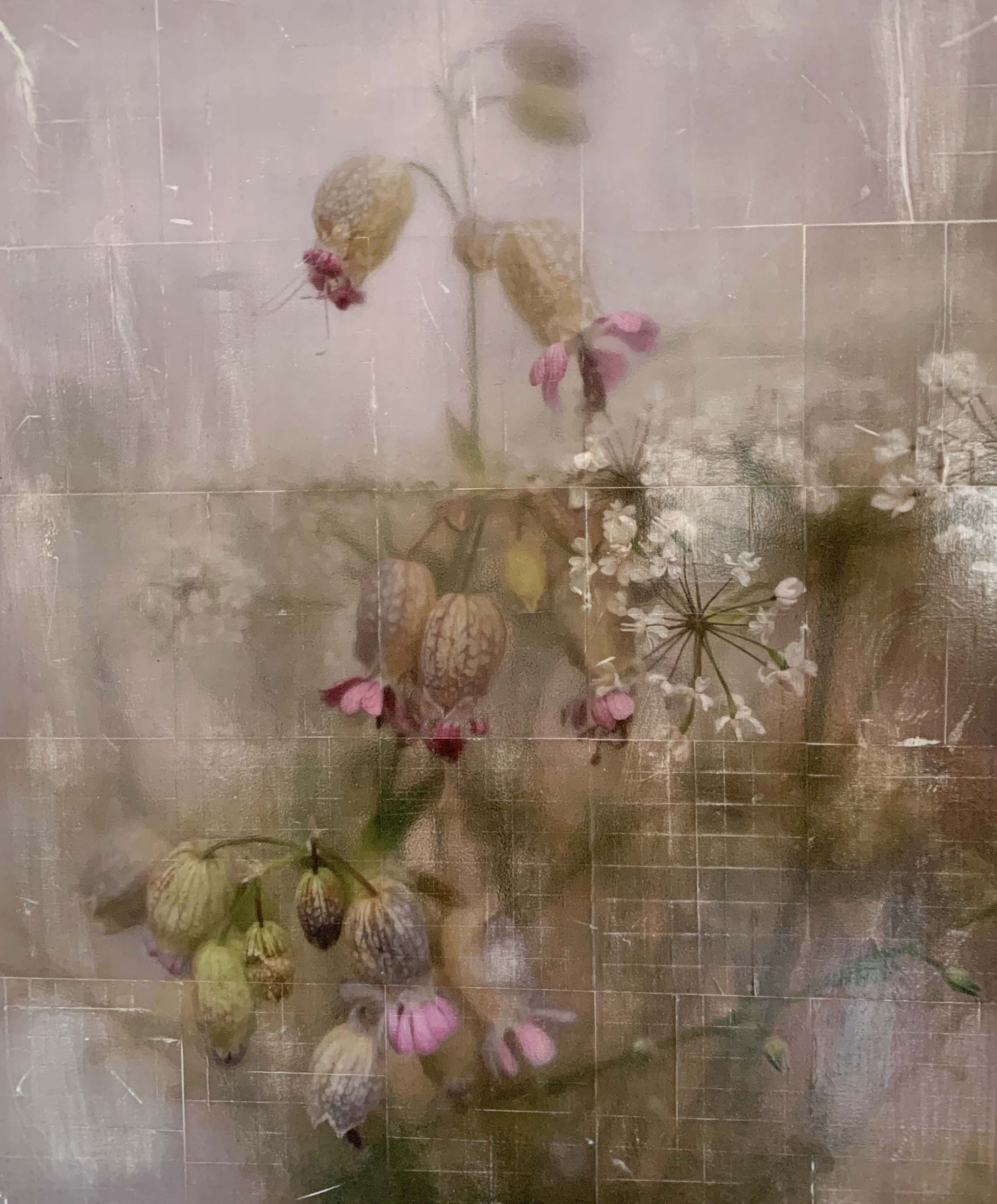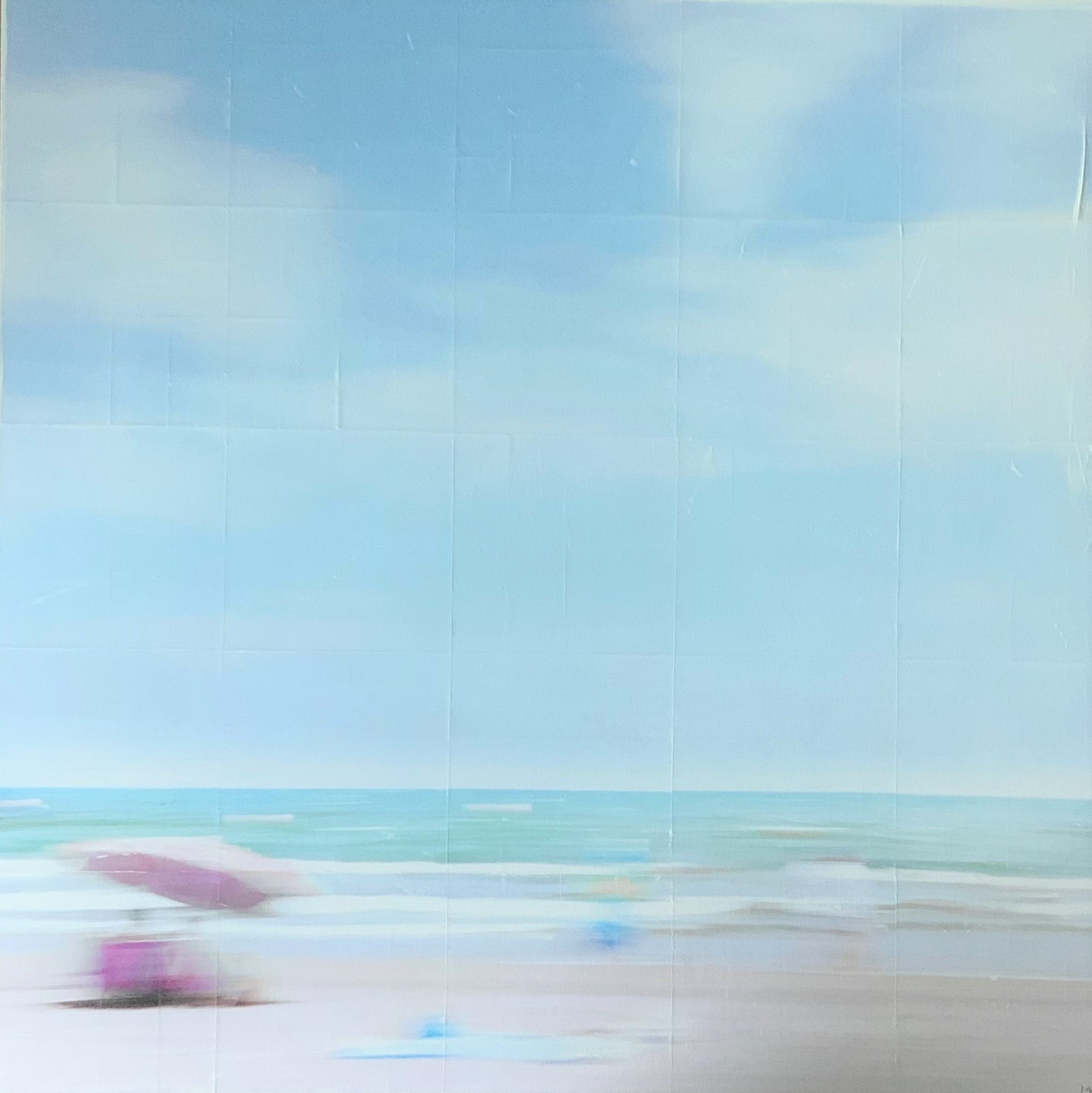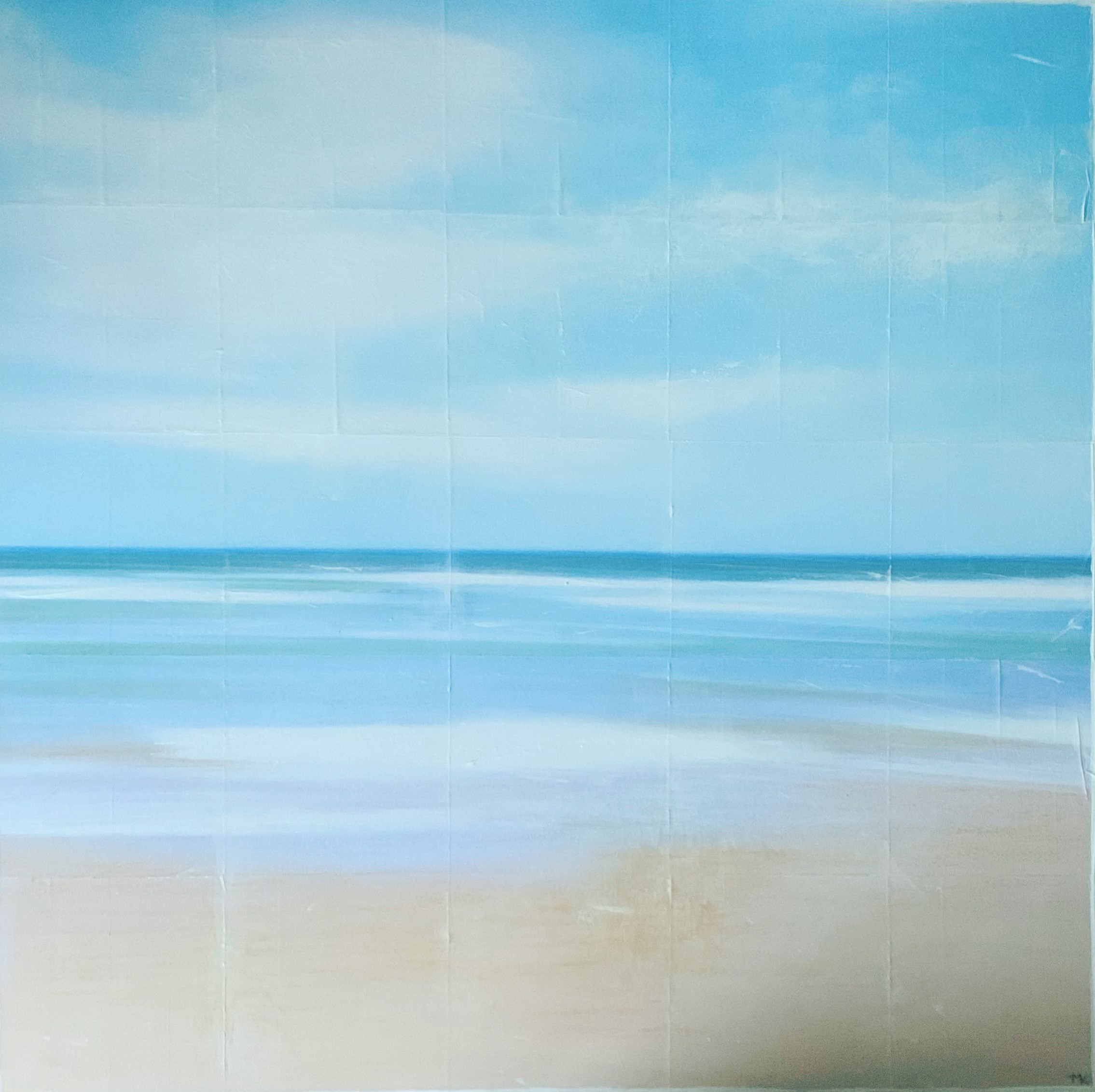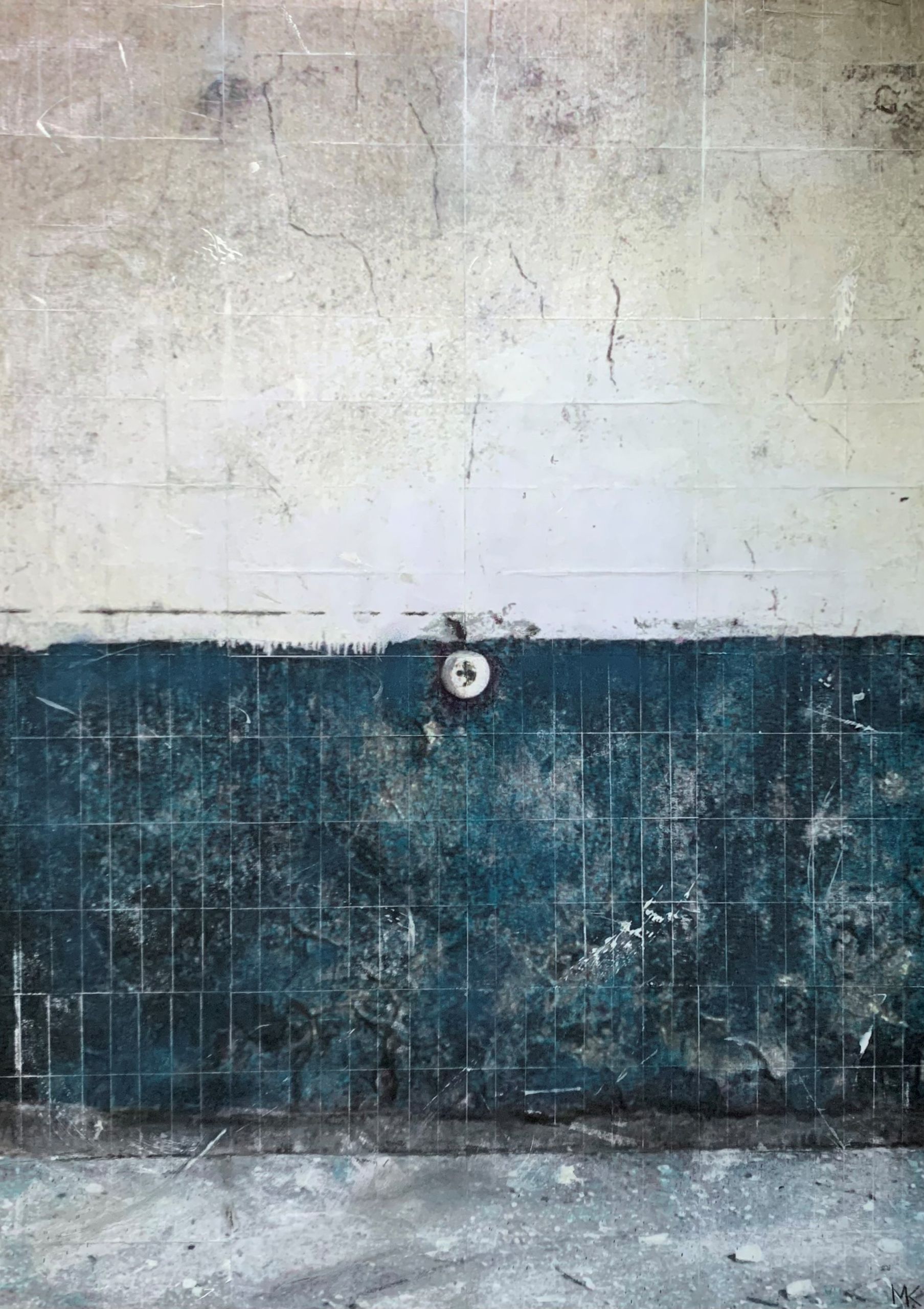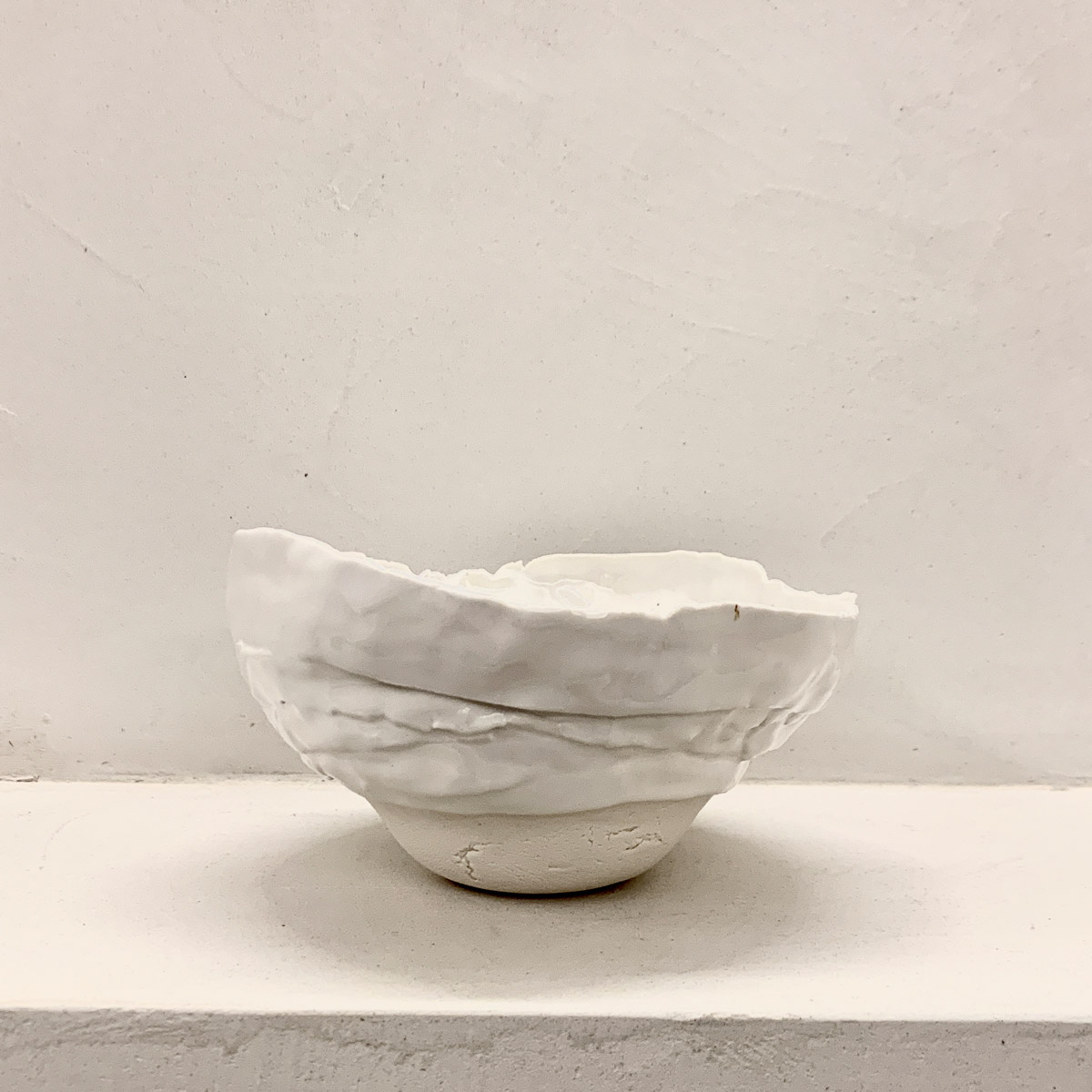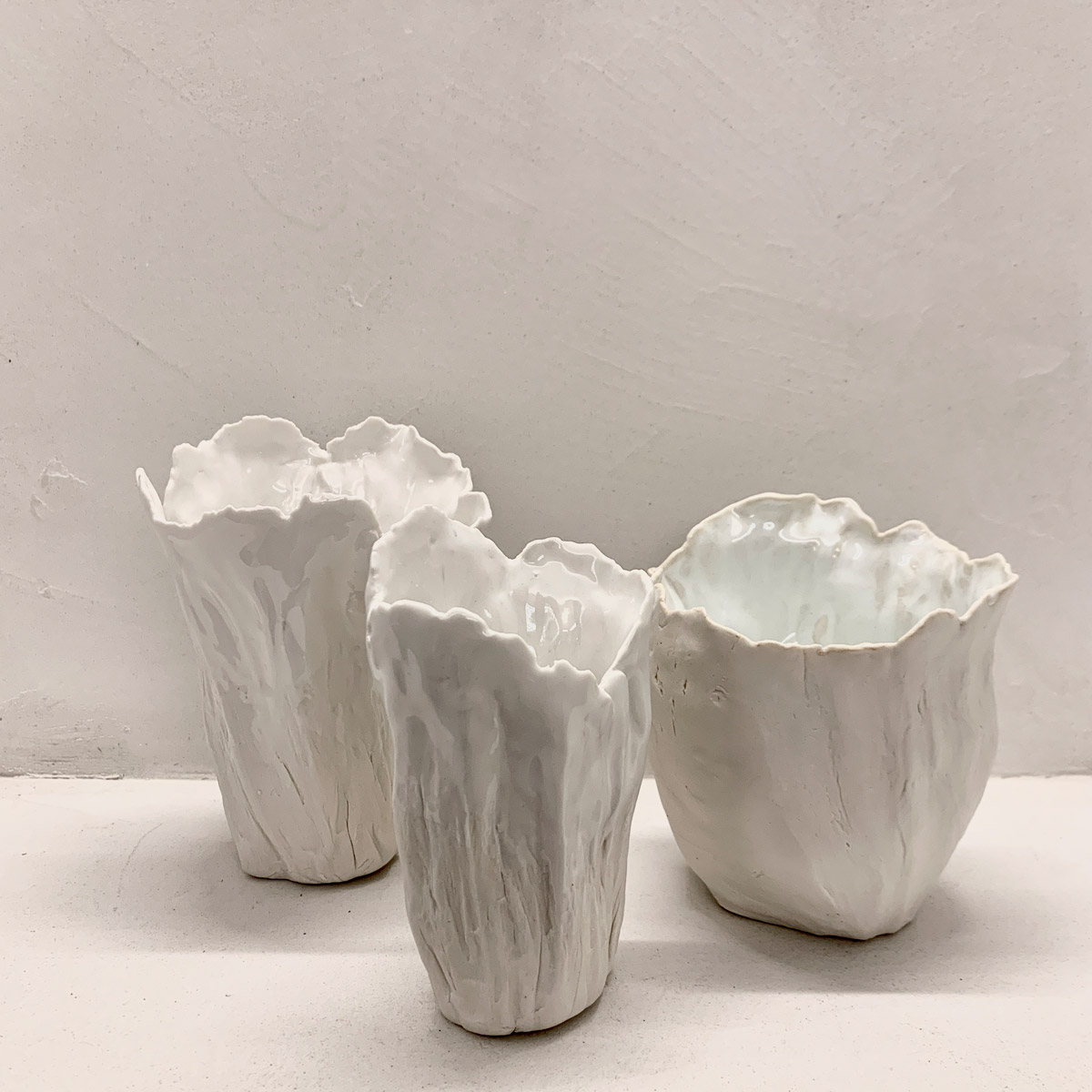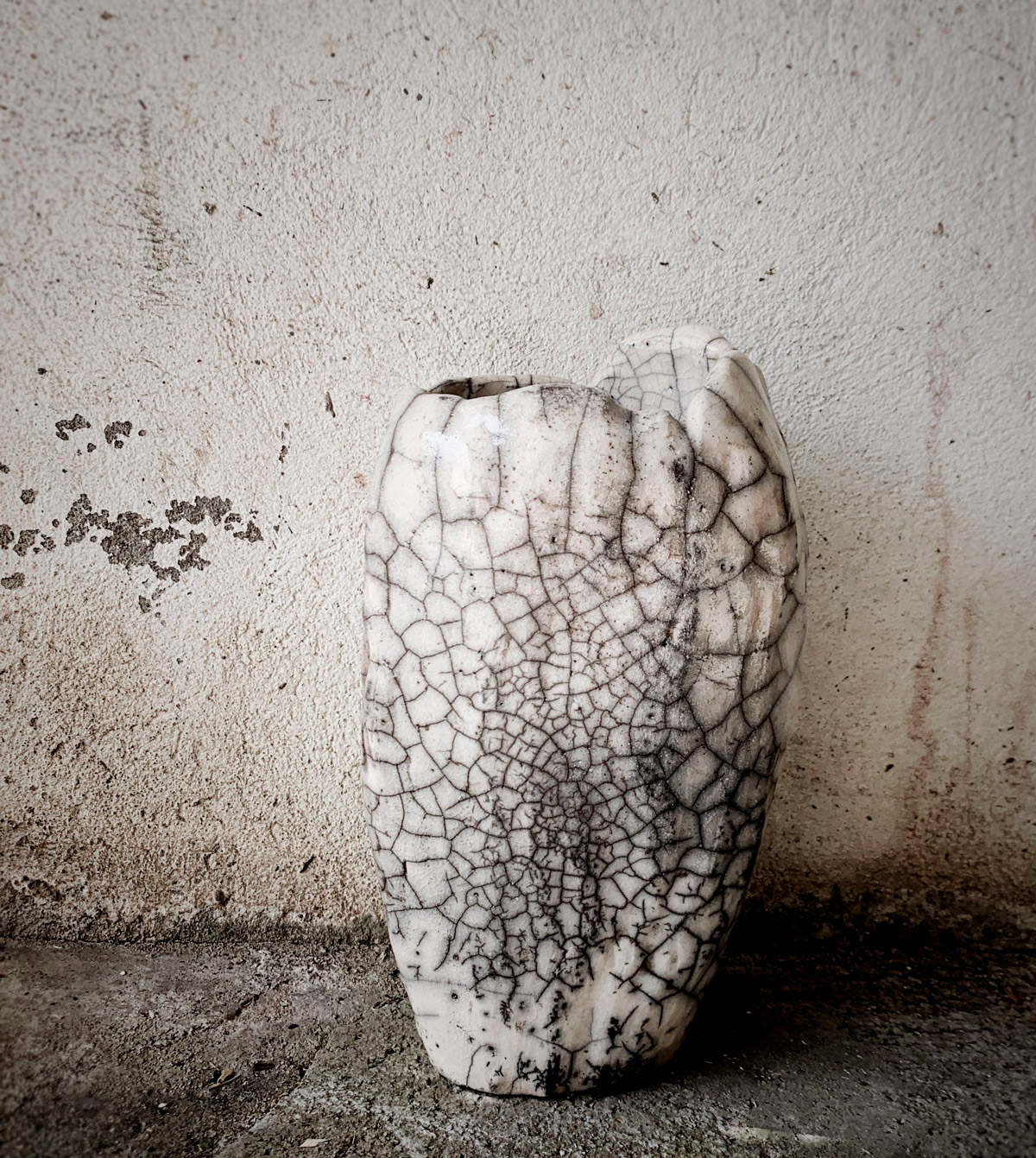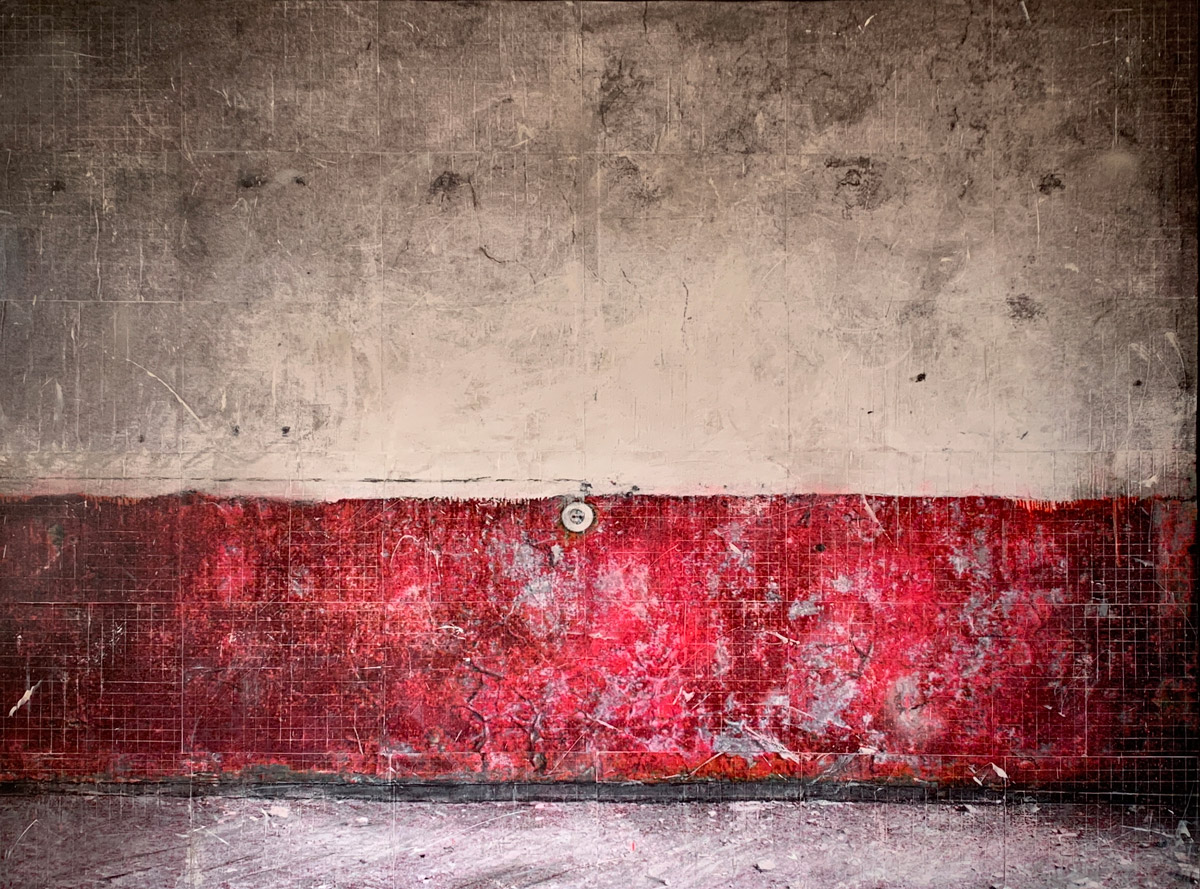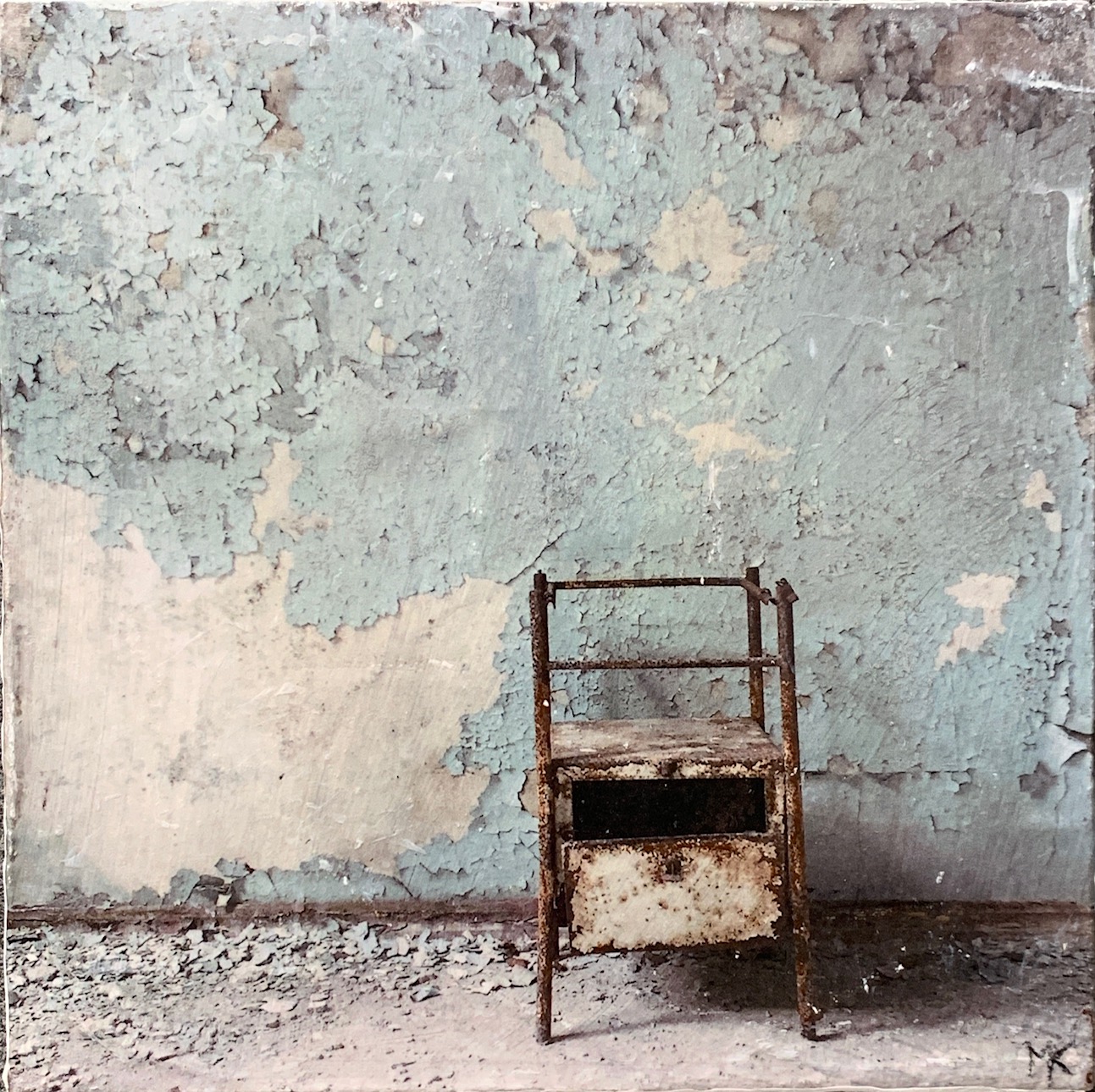Raku – Vase II, Vase III & Vase IV
Maja Zenz
Ceramics
NOT AVAILABLE
Raku (Japanese 楽 焼, rakuyaki / dt. "Joy") is a special firing technique for ceramics that was developed during the Tenshō era (1573–1592) in Japan, especially for the tea ceremony. With raku firing, the scalded (pre-fired) pottery shards are glazed and fired in a kiln up to temperatures of 1000 ° C. The red-hot ceramic is then removed from the furnace with long pliers and embedded in sawdust. After a short time in the sawdust fire, the ceramic is covered airtight. The resulting smoke and carbon as well as the oxygen deprivation have a strong effect on the pottery shards and the glaze color. The glaze cracks due to the sharp drop in temperature. The carbon penetrates through the fine hairline cracks and is deposited in the pottery shards. The result is an abstract pattern of black cracks in the glaze. With raku, the firing process can only be controlled to a limited extent, so that each piece is inimitable and unique.
In 2019 she got to know RAKU for the first time at a workshop in Rasa in Ticino. The course was taught by Barbara Kullik-Kuch in Renato Domiczek's studio. The special way of handling the clay focused on chance and letting go. To do this, a hollow is created in the clay with your fingers or a stick. The clay is then beaten with an elongated driftwood or log and tapped. As a result of this processing, the clay grows and forms a vessel. In this creation process it was about not knowing and not wanting which forms are created. The firing of the glazed vessels is also a matter of chance and depends on the chemical composition of the glaze, the different temperatures in the furnace and the degree of oxygen deprivation. The "unwanted" shape and the unique pattern of black cracks in the white glaze make each vessel unique. The vessels work through their simplicity and lightness.
Ceramics /


